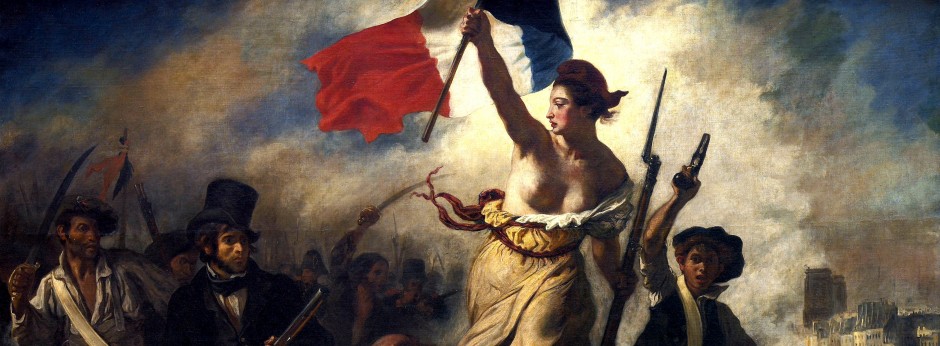I think the best times to use visual rhetoric rather than or in addition to written/oral rhetoric, is when you are going for an emotional appeal. Pretty much every kind of image–with the exception of graphs or charts, which are innately grounded in logic–are meant to invoke emotions. This could be in the form of photographs, sketches, or paintings, all of which are designed to give us something to relate to (e.g. a person’s facial expression or posture). Other times the pathos might be less obvious, giving us hints of images which compel us to fill in the blanks, and engage the in the text. This less obvious pathos can be found in images, as well as colors and typefaces. You might also consider using visuals when you are more interested in grabbing the attention of your audience, instead of having them think deeply about what you’re writing (Think posters, advertisements, or headlines, rather than the body of an essay).
Ethos is especially evident in photographs, in which you are forced to view the image in the perspective of the photographer. The viewer is compelled to consider why the photographer thought the image something worth taking a picture of, and why they took it from the perspective they did. Visual pathos is the most obvious when images of people are depicted; the viewer can easily imagine themselves making the expression, standing with the posture, and feeling the same emotions as the person in the picture. Logos, as I’ve mentioned, is usually depicted by graphs and charts, as they are often the vehicle for expressing statistical data.
The most interesting thing I learned while reading this chapter were the origins of all the the different typefaces, and the effects they produced. It seems obvious now that I’ve learned about them, but this was something I’ve never considered before.
